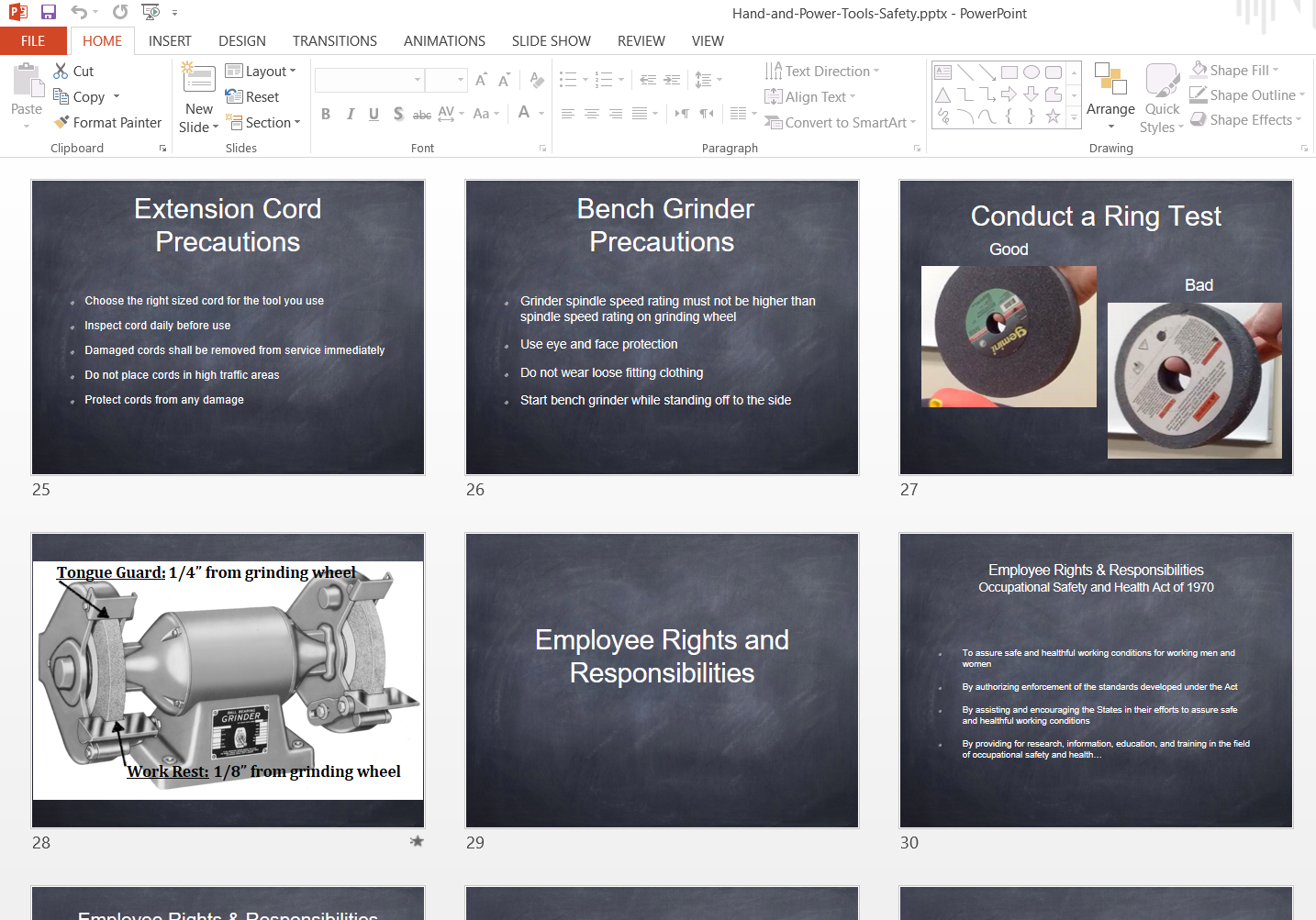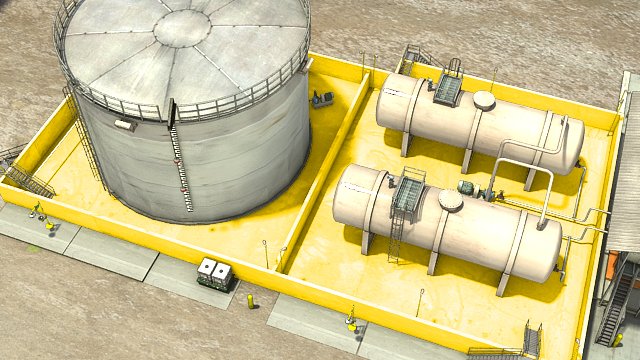Using appropriate limb and body protection helps reduce the risk of injury when working with chainsaws and other equipment. Employers are responsible for providing limb and body protection for workers using chainsaws. This may include pants, chaps, or aprons made of cut-resistant material.
For information on choosing and safely using limb and body protection, during using Chainsaw read the following below.

Chainsaws
Working with a chainsaw can be extremely dangerous. To help reduce the risk of serious injury you must wear the required PPE.
How can you protect yourself?
Leg protection
Wear leg protection such as pants, chaps, or an apron made of a cut-resistant material. (The term “chaps” and “aprons” are sometimes used interchangeably.)
- Check that your leg protection has a label indicating that it meets WCB Standard: PPE 1 –
- Check that the cut-resistant material protects the front and sides of your legs, from the crotch to 5 cm (3 in.) above your ankle.
- Make sure your garment stays in position while you are working so the cut-resistant material provides
- Consider pants because they stay in
- Chaps may twist around your Fasten the straps securely, and adjust them regularly to keep them in place.
- Your leg protection should be comfortable enough to allow freedom of movement but not so loose as to pose a safety
Head protection
- Wear safety headgear (a hard hat) to protect against hazards such as falling or flying branches or
- Secure the chin strap when working at heights over 3 m (10 ) or when exposed to high winds or other conditions that might cause you to lose your hard hat.
Hearing, eye, and face protection
- Wear earmuffs or earplugs to protect your hearing from the high noise levels of a
- Wear safety eyewear with sideshields and a wire mesh face shield to protect against flying sawdust, wood chips, or or twigs.
Foot protection
Wear approved chainsaw protective footwear to protect your ankles, soles, and toes. Wear caulked or other effective safety footwear when walking on logs, poles, pilings, or other round timbers.
Hand protection
Wear cut-resistant gloves that fit and grip well, and that provide vibration protection.
High visibility apparel
- Wear high visibility apparel when working on or near roadways, around mobile equipment, or in the bush so you can be Make sure your high visibility clothing is not covered by other garments.
- Loose-fitting high visibility outer clothing must be “tear away” where it could get caught by branches or limbs.
Fall protection
Use a fall protection system for work 3 m (10 ft.) or more above ground, or when a fall from a lower height could lead to serious injury.



